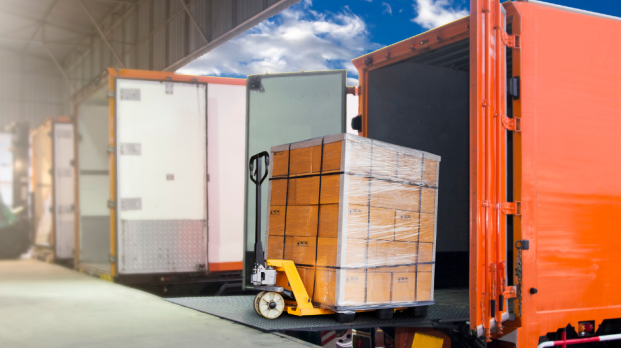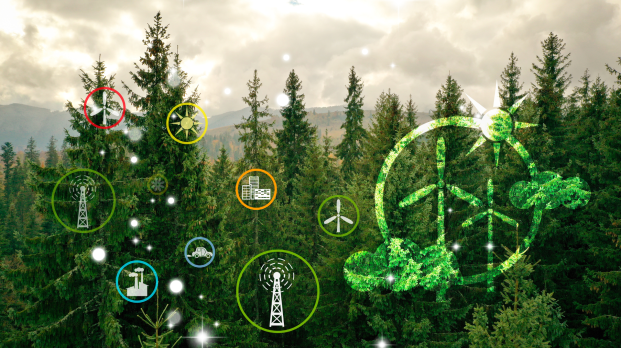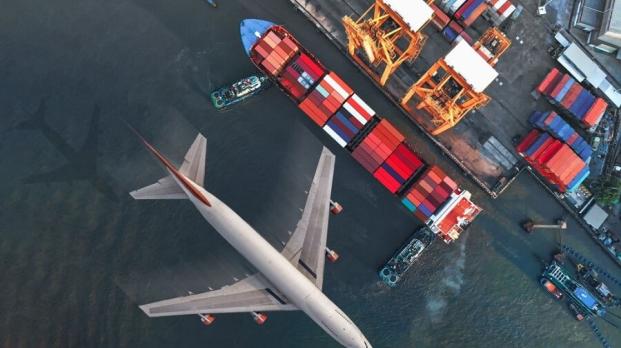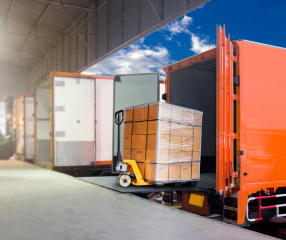
While sustainability efforts have increased for consumer-facing brands and retailers, it can be hard to find the balance between maintaining a speed that satisfies the customer and also prioritizing green operations. While customers emphasize the importance of green initiatives at the brands they shop for, e-commerce brands have dramatically raised expectations for fast and affordable shipping. This raises two important questions:
1. Do brands compromise sustainability and the environment to increase speed?
2. What do customers really care more about: fast shipping or sustainable operations?
Logistics and freight forwarding have a huge carbon footprint. Expedited shipping increases that footprint significantly.
We already know that the logistics and freight forwarding industries impact the environment. When we take it a step further to follow the “free two-day shipping” model, we’re adding to the number of vehicles, planes, and boats in motion and causing more pollution. Consolidation and similar shipping solutions get tossed out the window if more people opt for faster deliveries from different locations. According to an article from CNN, “In the worst-case scenario, with one delivery per trip, the carbon emissions can be as much as 35 times greater than they would be for a fully-loaded delivery van.”
E-Commerce – including multiple separate online purchases rather than one trip to the store – has a costly environmental impact.
The allure of separate purchases arriving at your door in less than a week has overshadowed our ability to go to the store to pick up these very same items. Consumers see convenience in e-commerce brands that offer these types of shipping services. As expected, the number of individually purchased, wrapped, and shipped items has a huge impact on the planet. According to a report from MarketWatch, it was predicted that up to 80% of items — and any plastic packaging they are wrapped in — will have ended up either in a landfill, destroyed by incineration, or converted into low-quality recycling.
Similarly, holidays like Black Friday and Cyber Monday that encourage this style of consumer purchasing come at a price – and there’s no discount for this transaction. MarketWatch reported that Black Friday 2022 was expected to produce 429,000 metric tons of greenhouse gas emissions from product deliveries alone — that’s the same as 435 return flights from London to New York. So how do we lead brands and shoppers alike to a future that satisfies consumer desire while also taking the environment into account?
If consumers want sustainability AND speed, offer them transparency and more options in the shipping process.
Consumers are paying close attention to how “green” the companies they shop with are, but they also expect a certain level of service when it comes to e-commerce and delivery. How can businesses do both?
According to an article from PFS, it’s time to re-think delivery expectations. Do consumers want speed, or do they really want more clearly defined shipping options and transparency in the journey? With transparent and flexible shipping solutions, businesses can accommodate both sustainability and a satisfying customer experience.
It’s time for businesses to set a new standard for delivery, one that offers more information to the consumer and includes sustainable practices. This can include:
• More delivery options, instead of only offering “next day” or “standard” shipping, with more advanced tracking options (whether that be per box or per truck).
• More clarity on the environmental impact of each delivery option. Businesses can include a pop-up window with an explanation of each delivery and how it can negatively impact the environment (or help if it’s a consolidated shipment).
• Sourcing sustainable packing materials to reduce the company’s carbon footprint, reduce waste, and overall implement more green logistics.
• Instructions on how to dispose of or recycle packing materials. The easiest way to get consumers on board with more sustainable practices – and to show them that your business cares – is to give them the information they need to execute programs like recycling and offer them an opportunity to participate in your company’s green initiatives.
The future of e-commerce and consumer behaviors
While convenience is a big factor in today’s e-commerce trends, consumer behaviors change quite frequently, and we may see a future where transparency trumps speed as the #1 offer a business can provide to its customers. Advanced tracking and analytics along with more sustainable practices that involve the consumer allow companies to have their cake and eat it, too, with customer satisfaction and sustainability both being prioritized. With the right investments and research on what consumers really want, companies can achieve both.





